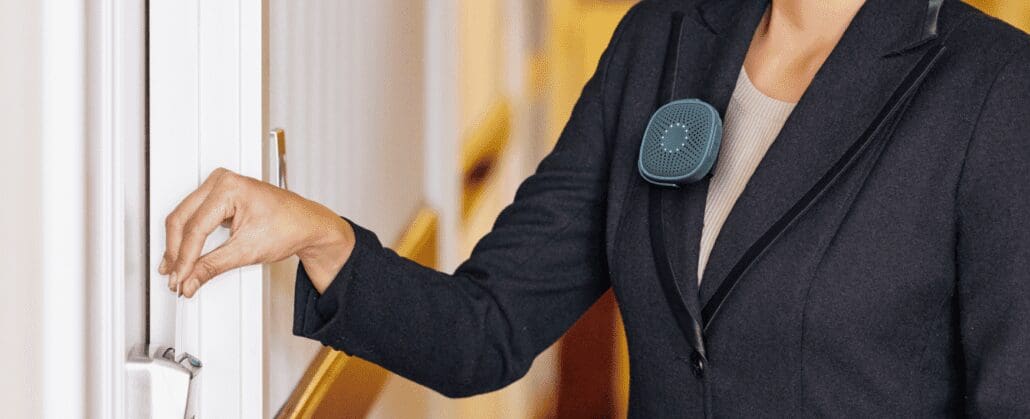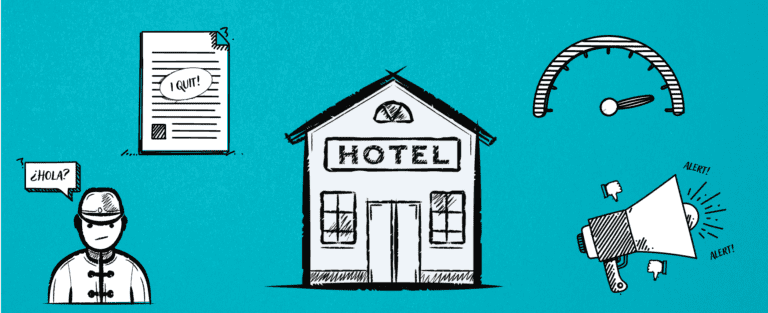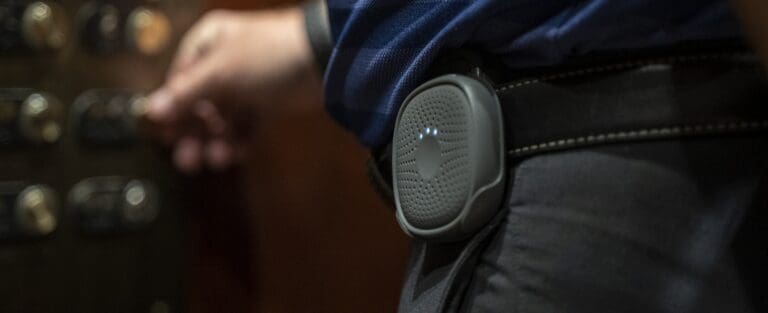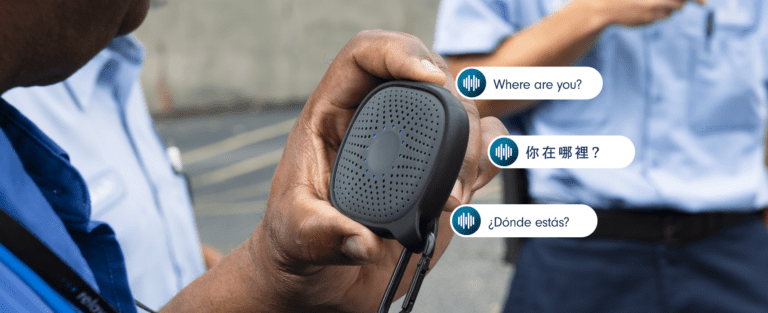For some industries, outfitting employees with security features like access to panic buttons is a given. Banks and retailers have long relied on hard-wired panic buttons to alert authorities to an emergency. But as both technology and the way we work and interact evolve, so do the tools we use to communicate. In the quest for ever safe work environments, a new generation of industries have begun distributing personal panic buttons to key staff members.
From schools to realtors, more industries use personal panic buttons:
With new laws on hotel employee safety going into effect, a first wave of early adopters found that it was both smarter and safer to distribute personal panic buttons to employees.
Users of next gen panic buttons included hotels distributing them to housekeeping staff, to stay in touch with supervisors while also being easily able to convey news of urgent issues. Having a personal alert device became a standard issue for oil and gas workers who often work on remote sites that can also be spread out on different locations.
Personal panic buttons also make sense for real estate agents who often enter empty properties with strangers. Even when they aren’t used, these devices add a layer of protection and peace of mind.
Whether simply for convenience for daily admin check-ins or to keep in touch no matter what comes up, hospitals and school staff are also giving personal panic buttons to employees. These industries are increasingly aware that for strictly day-to-day communication or in potentially dangerous situations, sometimes an easy to use device can also potentially save a life.
The evolution of the panic button:
Here’s where things get interesting. As with the evolution of the walkie talkie, panic buttons are changing in both the ways they’re designed or used. And as different industries come on board, the device itself has gotten an internet-of-things makeover with the latest features focusing on ease of use while strengthening worker protections. One of the things we’re proudest about at Relay is the fact that our devices are easy to deploy, so that there’s no learning curve. We also highlight communication above all, because in case of an emergency there’s no time for a lot of back and forth, users can immediately convey emergencies or even false alarms.
“Panic buttons are useful in many ways. They assist in certain types of businesses where an employee may be in a remote or unfamiliar location or in a type of business such as real estate that may put them at a safety risk.”
Advice from a personal security expert:
Wondering if it’s time for your own company to start distributing personal panic buttons to staff members? We asked personal security expert Yvonne Coventry, President & CEO of Starside Security & Investigation, to weigh in on who’s using panic buttons now now and why it’s a good idea.
It’s not that unusual: While carrying a personal panic button might once have seemed a bit odd to those not in the know, it’s pretty much matter of fact these days. “Technology based safety products are now becoming more common in certain industries,” Coventry said. “Realtors, financial institutions. Even during the pandemic those working from home may have sensitive and confidential information putting them at risk.” In other words, if you want to add another layer of safety to your work life, a personal panic button could help.
We’re all feeling a bit vulnerable: “Because of the many uncertainties in today’s world the pandemic, economy, unemployment make many vulnerable,” Coventry explained. Adding to that, “Budget cuts to law enforcement oftentimes create delayed responses. And as technology continues to advance so do these products. The size of panic buttons are relatively small (size of a key fob). Most have GPS to immediately find your location. More advanced panic buttons have features such as two-way communication with a dispatch command center.”
They’re really useful: Believe it or not, personal panic buttons aren’t a single use thing. According to Coventry, “Panic buttons are useful in many ways. They assist in certain types of business where an employee may be in a remote or unfamiliar location or in a type of business such as real estate that may put them at a safety risk.” She reminds us to always be aware of our surroundings. “Be observant. Try not to walk alone (using social distancing guidelines of course).”
She also offered some tips on working late. “If you are in a situation where you are working late or at a store late and there is security. Ask security to escort you to the car. Have your key in place ready to enter your vehicle. Make sure there is nobody inside the vehicle and lock your doors. Check in with friends and loved ones to let them know your plans and estimated time you might be at a location.” And carry a personal panic button with you just in case.
Meanwhile, Coventry said that private security companies including Starside actually issue technology driven panic buttons to employees and clients. “Some directly linked to police dispatch and others to our command center.”
Wondering if you should start issuing personal panic buttons to employees? Consider creating an informal survey discussing workplace issues such as safety, isolation or emergency response. It’s possible that your employees may not have even realized that having a personal panic button was even an option.
At Relay, we create walkie talkies with built-in SOS buttons that bridge the gap between everyday work interaction and emergency alerts. Contact us to find out how to create your own system.




